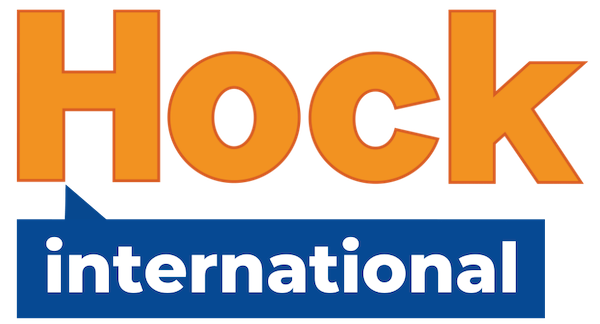The Post Merger Integration program dives deep into the integration issues post acquisition or merger. It covers pre-closing preparation in terms of strategy, synergy identification, and integration planning as well as actually running and implementing the integration in terms of integration governance and project management. Also integration issues and aspects of different core functions, such as marketing & sales, finance, human resources, etc. are covered. Last but not least, there is an additional emphasis on change management in order to make the integration a success.
Whether you are involved in the integration as part of the acquiring or target company or assist clients as a consultant, this program will help you to understand the complexity in integration in its entirety and do a better job in dealing with its complexity.
In the highly interactive on-site course or the self-paced online course, you’ll take your skills to the next level by practicing:
- Plan for the integration the right way and early on
Connect strategy with integration planning and design during the transaction, due diligence, and negotiation phases.
- Getting the synergies right
Explore and corroborate the various synergies that can be achieved in different functions and the business be it cost and/or growth synergies and how to realize them.
- Succeed with Change Management
Learn from our experts how to successfully implement the changes needed to align your goals, bringing organizations together and making the integration a success.

